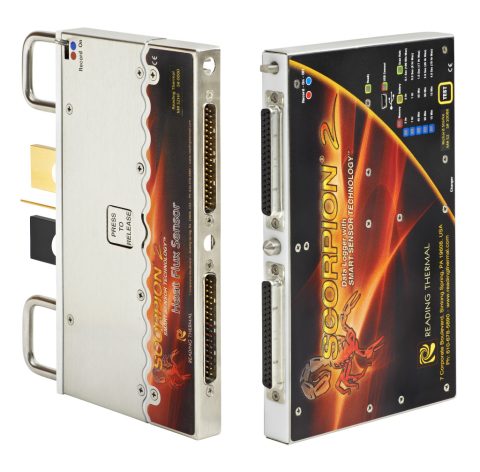As industrial bakeries seek to maximize efficiencies, thermal profiling of ovens has emerged as a powerful tool for optimization. Careful profiling of temperature zones within an oven can uncover uneven heating that leads to wasted energy and inconsistent baked goods. By understanding heat flow more precisely, bakeries can tweak oven settings and processes to ensure more uniform baking across large loads. This level of control allows for increased throughput while maintaining quality standards.
Thermal profiling delivers insight that supports impactful process changes, from something as simple as rotating racks differently to large-scale oven retrofits. Ultimately, the proper conduction of commercial oven temperature profiling allows bakeries to optimize the baking process.
Reading Thermal is at the forefront of providing thermal profiling solutions for industrial bakeries. Our state-of-the-art technology uses sensors to measure and record temperatures within the oven in real-time, creating a detailed heat flow profile. This data is a visualization of temperature changes over time, allowing bakery operators to pinpoint hot and cold spots within the oven. But how exactly does this help your bakery achieve accurate and precise thermal profiling?
Analyzing Oven Variances
First and foremost, by better understanding temperature variances within the oven, bakeries can make informed decisions on how to adjust their baking processes. This can reduce energy costs, as heating elements are targeted more accurately and efficiently. A more consistent heat profile also minimizes batch-to-batch variation, resulting in higher-quality goods and less waste. The SCORPION® 2 Profiling System is invaluable for measuring these factors.
Measuring Temperature
Temperature is a critical factor when baking any product. With thermal profiling, oven operators can measure temperature across the entire oven and make necessary adjustments to ensure consistency. Temperature affects baked goods by driving moisture out of the dough, creating a crispy crust and tender crumb. If the temperature is not evenly distributed within the oven, inconsistencies in baking will occur, resulting in burnt or undercooked products.
Controlling Air Flow
Aside from temperature variances, understanding airflow within the oven is critical for achieving even baking. With thermal profiling, bakery operators can identify areas of low air circulation and adjust to increase airflow and improve heat distribution. This ensures every product is perfectly baked, avoiding undercooked or burnt areas.
Enhancing Energy Transfer
Efficient energy transfer is also crucial for baking success. With thermal profiling, bakeries can identify spots within the oven that are not fully utilizing heat and make adjustments to improve energy transfer. This increases productivity and ensures consistent quality throughout the baking process.
Managing Humidity
Humidity plays a significant role in baking, and understanding its impact is essential for achieving consistent results. With thermal profiling, bakeries can monitor and control humidity levels within the oven, ensuring that products are always baked to perfection.
Industrial oven temperature profiling is essential for the optimization of the baking process. The more bakeries can understand the precise measurements that dictate their oven environments; the easier it is to recreate those parameters across multiple different ovens. This level of control ultimately leads to higher-quality goods, increased efficiency, and reduced costs. With thermal profiling technology from Reading Thermal, bakeries can take their baking processes to the next level and achieve consistent, high-quality results every time. If you’re interested in our services, call (610) 678-5890 Ext. 2 or contact us online for more details about our innovative products.

